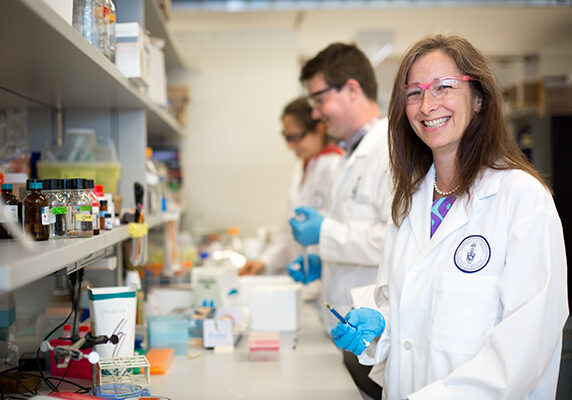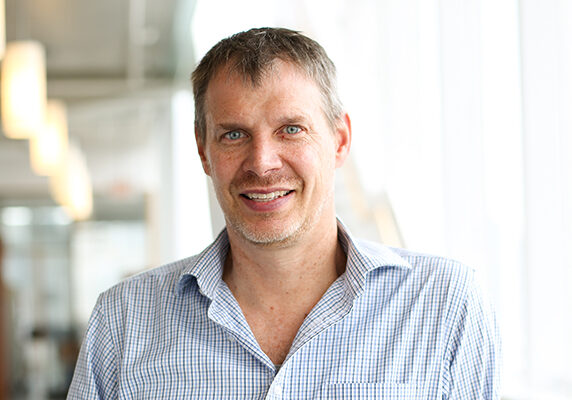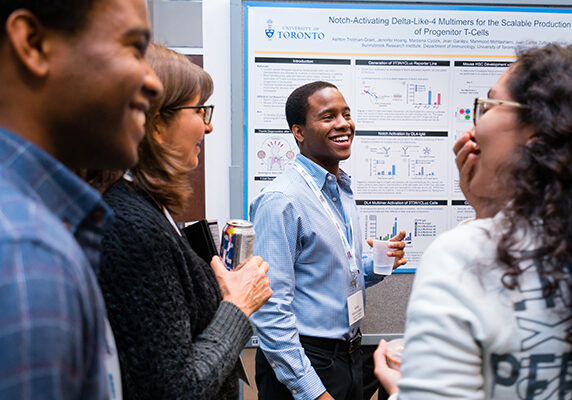
Medicine by Design symposium shines spotlight on regenerative medicine at U of T
“We are contributing something new by converging people from diverse disciplines — mathematics, the physical sciences, engineering, biology and medicine — around the big questions in regenerative medicine”
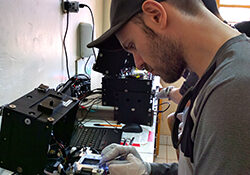
Hacking healthcare in a refugee camp
A team from University of Toronto, led by Professor Aaron Wheeler, took their lab-on-a-chip technology to remote Kenya to test refugees for measles and rubella — and push the limits of what academics can accomplish in the field
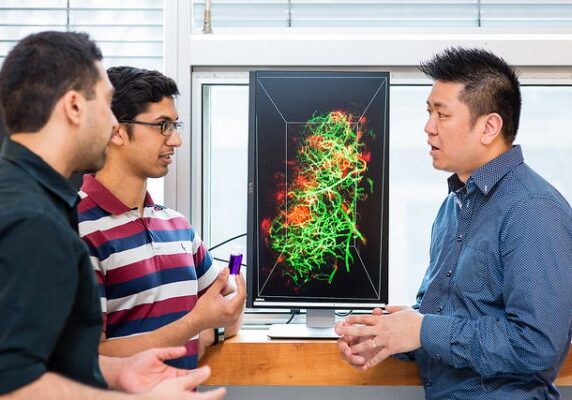
Warren Chan named U of T Distinguished Professor
Award recognizes individuals with highly distinguished accomplishments and those who display exceptional promise
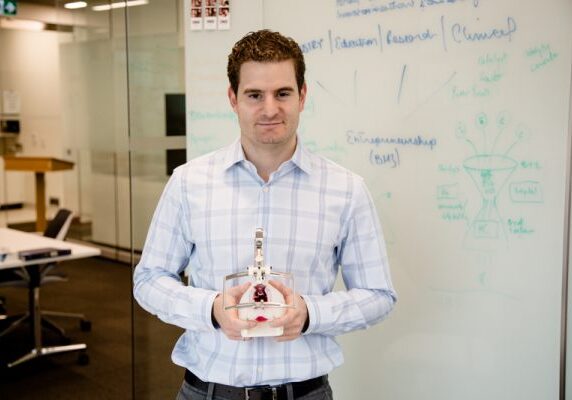
3D-printed cleft palate simulator improves surgery training
While working on robotic surgical tools to help with cleft palate surgery, Dale Podolsky created a cleft palate simulator which has been internationally recognized as an incredible training tool for surgeons
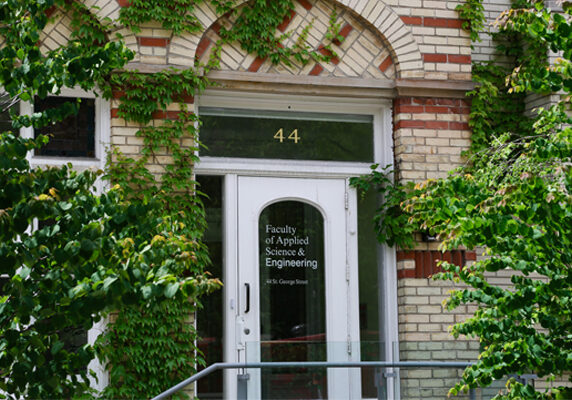
Meet 14 professors joining U of T Engineering
Fourteen new faculty members working at the leading edge of engineering education and research are joining U of T Engineering, slated to begin on or before July 1, 2017. Five of these professors hold appointments in more than one department. Each brings a unique passion for experiential engineering education, and their research addresses some of […]
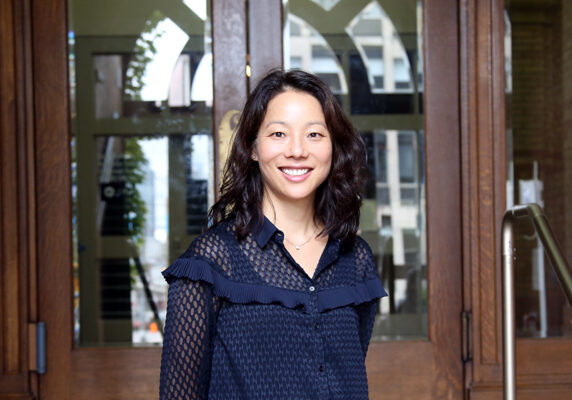
Treating cancer from within: Q & A with Naomi Matsuura
Professor Naomi Matsuura (MSE, IBBME), an expert in the design of new materials that interact with medical imaging radiation, joined the Faculty in July 2016.
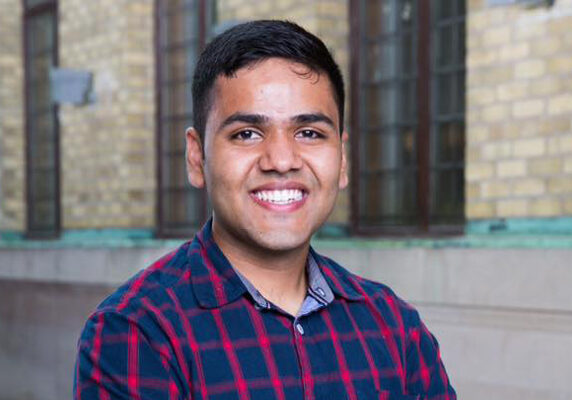
U of T Engineering doctoral students receive Vanier Scholarships worth $150,000
The three awardees are working to advance solar technology, design brain-machine interfaces and improve drinking water quality

